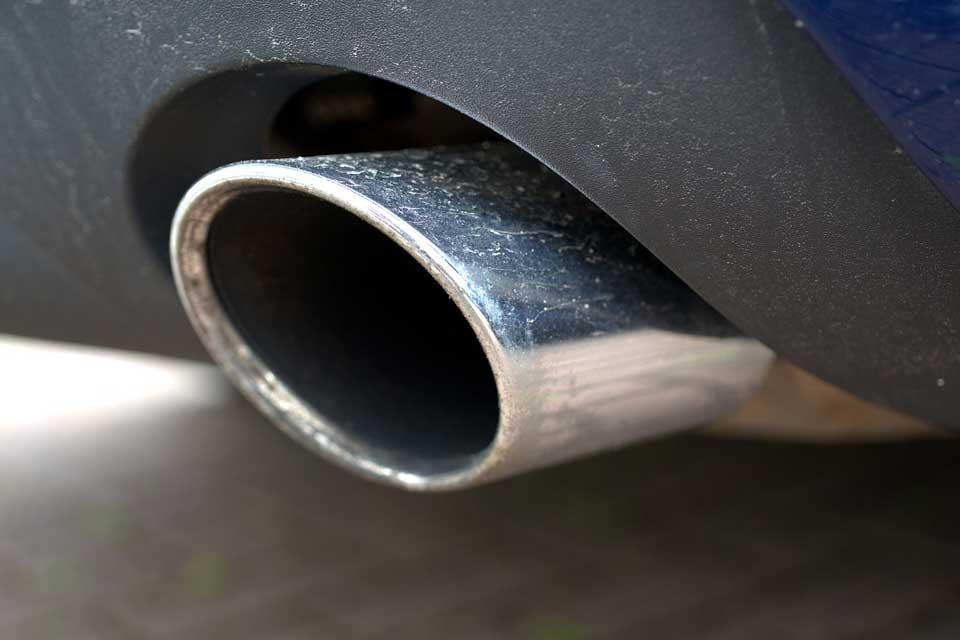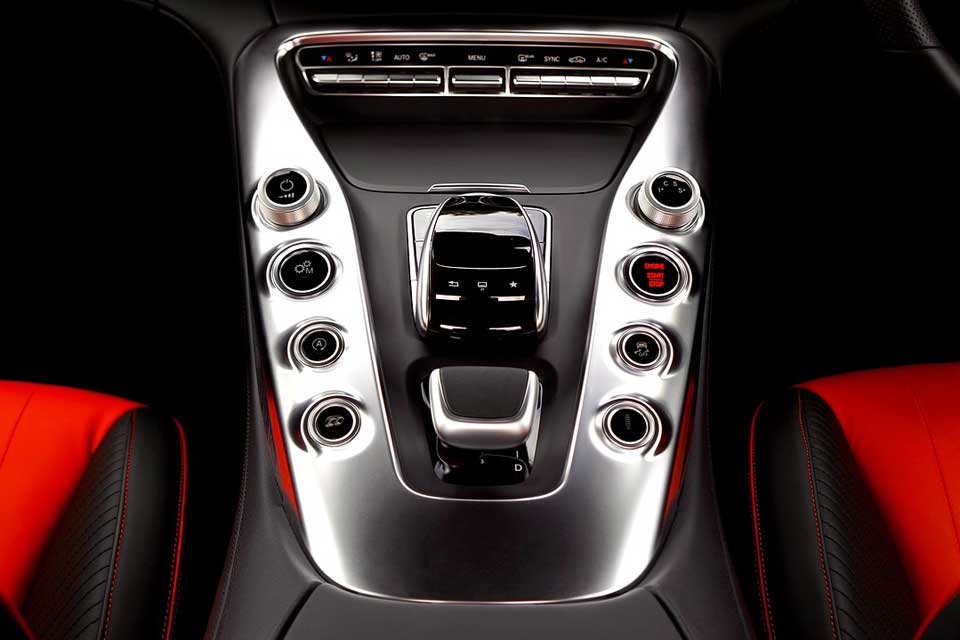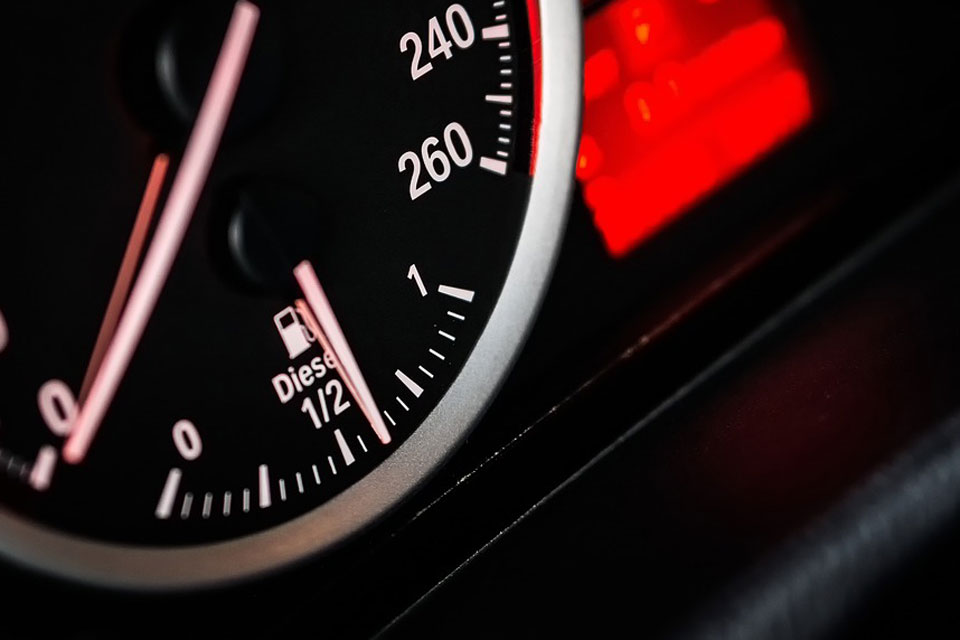Here are the top driving apps for 2020

The UK was home to 38.9 million vehicles by the end of September 2019, with 32 million being cars. The number is rising 1.3 per cent year on year too, so it’s safe to say that we in the UK love a good road trip. But with the nation on lockdown, many of us are […]
HOW CAN WE REDUCE GREENHOUSE GAS EMISSIONS TO ZERO?

The UK plans to cut greenhouse gas emissions to zero by 2050 to become the cleanest country in the world. Each year, approximately 500 million tonnes of CO2 are emitted in the UK. Following guidance from the Committee on Climate Change, the government has looked into how it could bring this number down to zero. […]
Smart technology and its impact on the auto industry

Technology continues to impact on our everyday lives with all major industries striving not to be left behind when it comes to tech advancement. The automotive industry has witnessed huge advancements over the years, for example, in-car Bluetooth systems, dash-cams, and key finders. But what might be next on the agenda? Smart technology predictions for the […]
How can fleets help cut greenhouse gas emissions to zero?

The UK government has an ambition to, by the year 2050, reduce its greenhouse gas emissions to zero. If this target is met then it could see the UK hailed as the globe’s cleanest country. As of October 2018, around 500 million tonnes of CO2 were being emitted throughout the nation on an annual basis. Guidance […]
GUEST BLOG: Ways fleet drivers can drive more efficiently

Fuel prices just seem to keep on rising across the UK. According to BBC News, the average price of a litre of fuel throughout the nation was recorded at close to £1.34 for diesel and £1.24 for petrol as of the start of December 2018. Instead of fleet drivers simply handing over more money in […]


